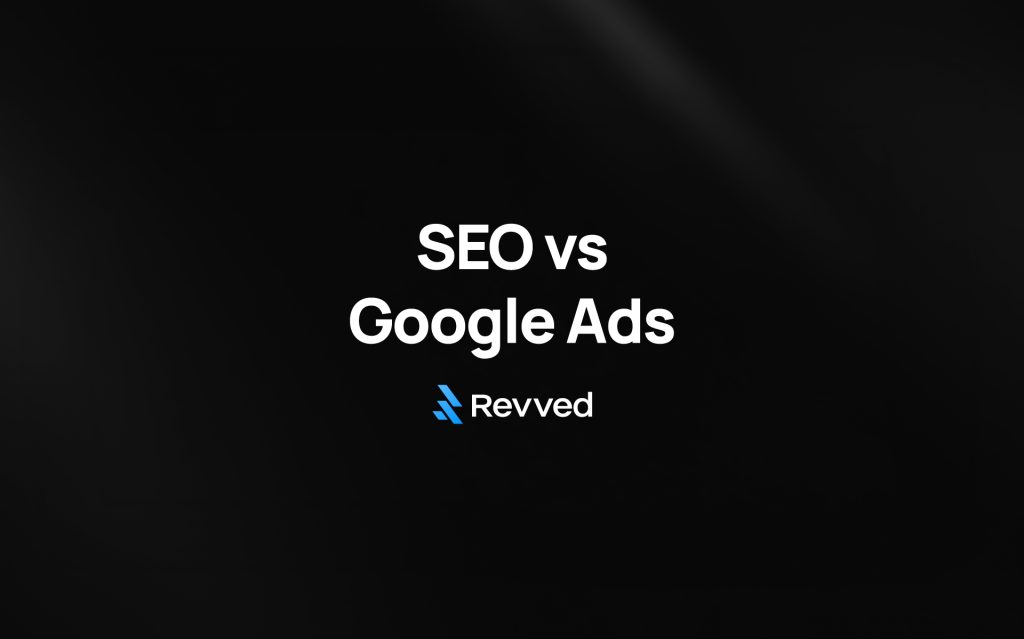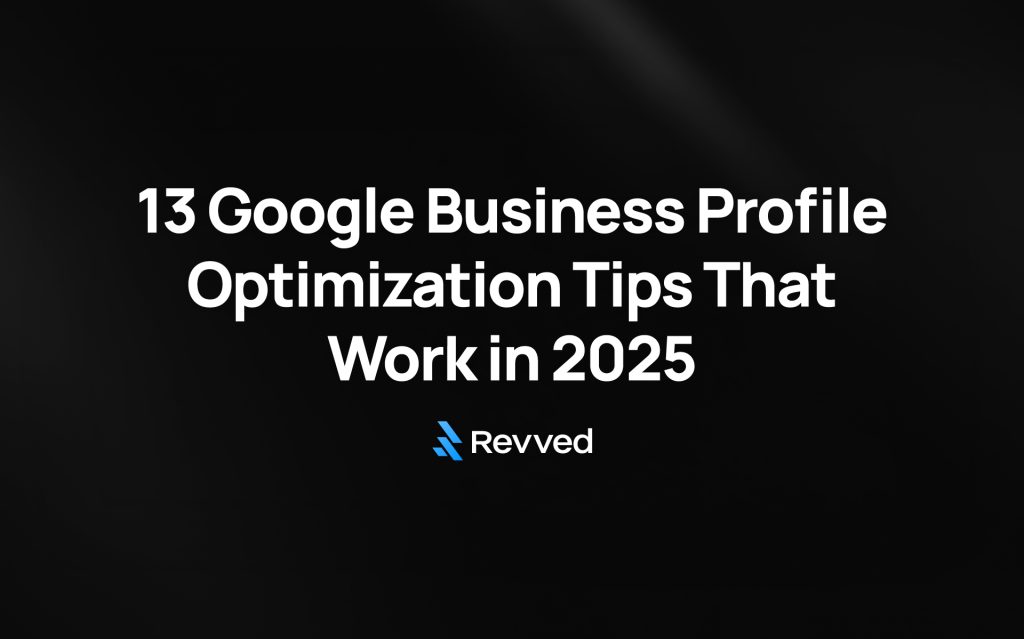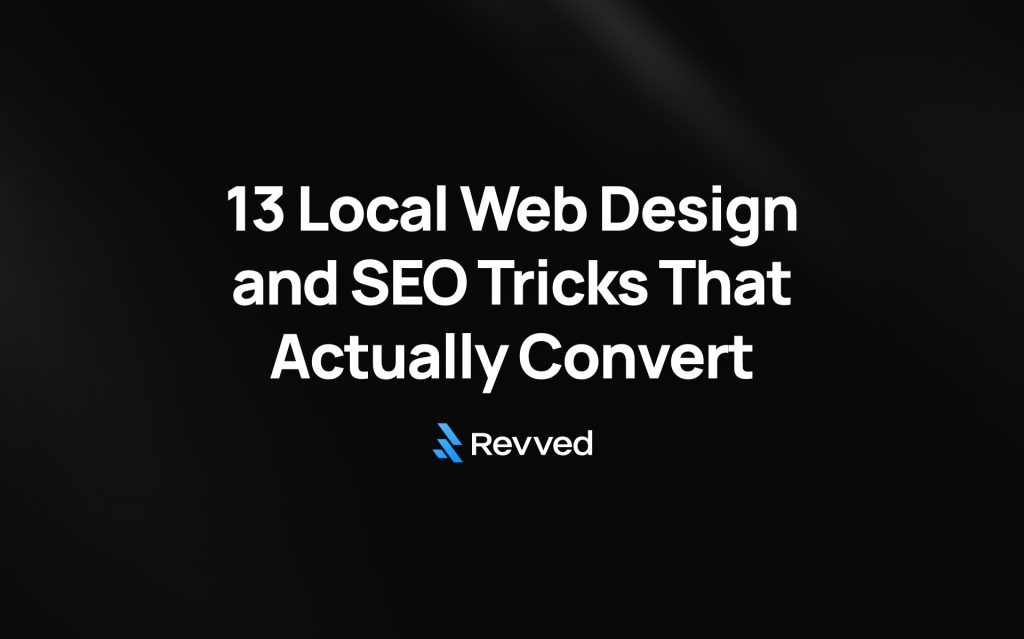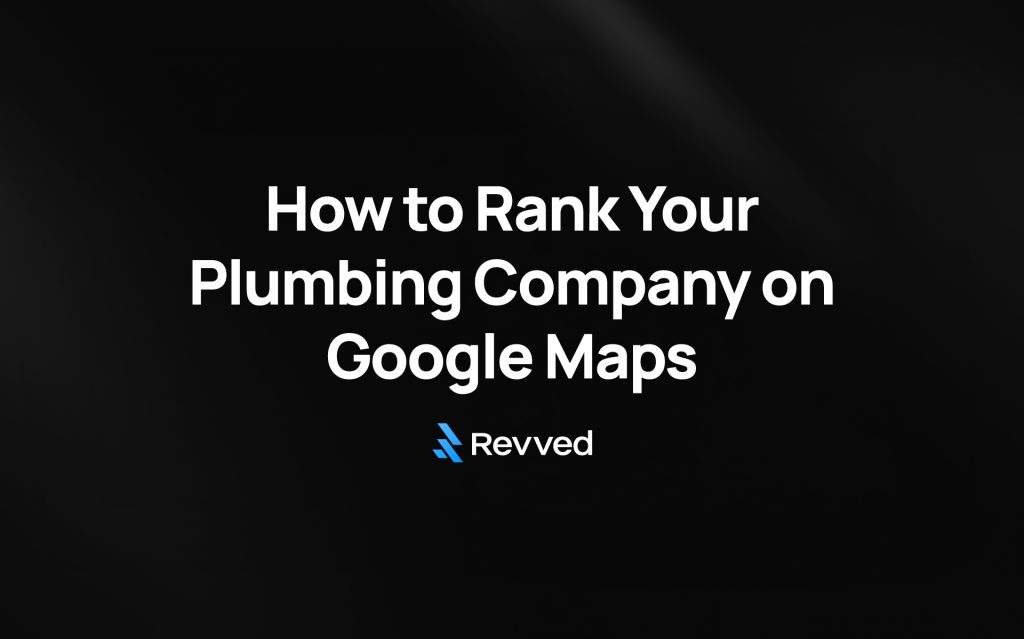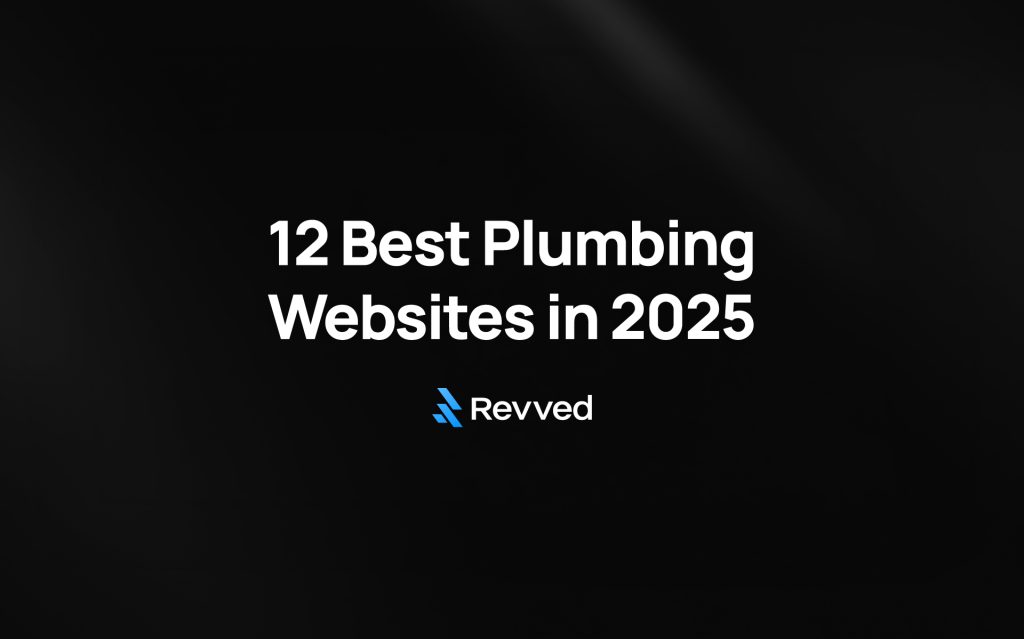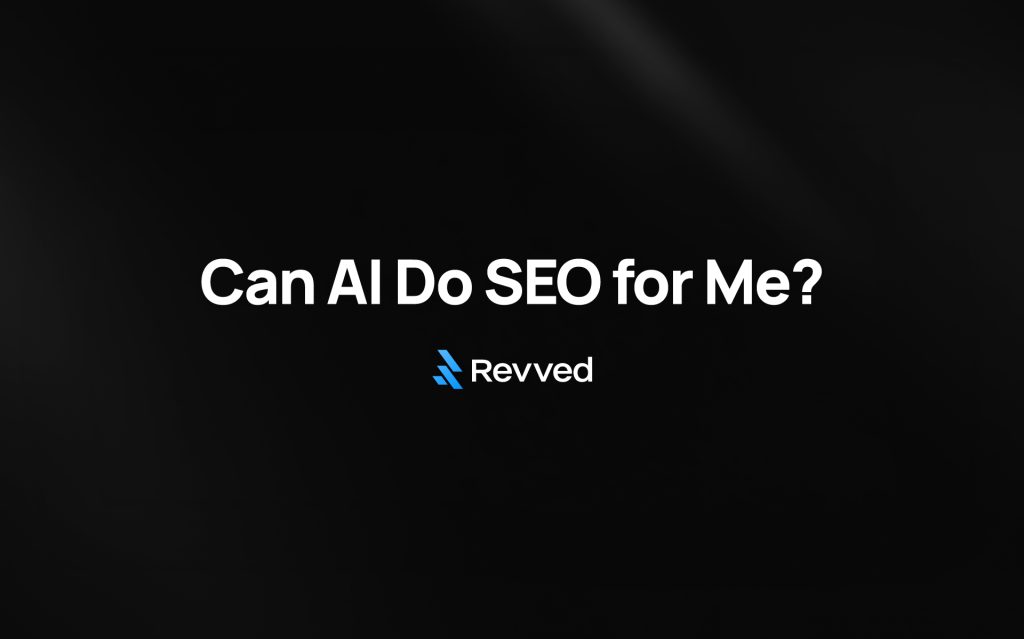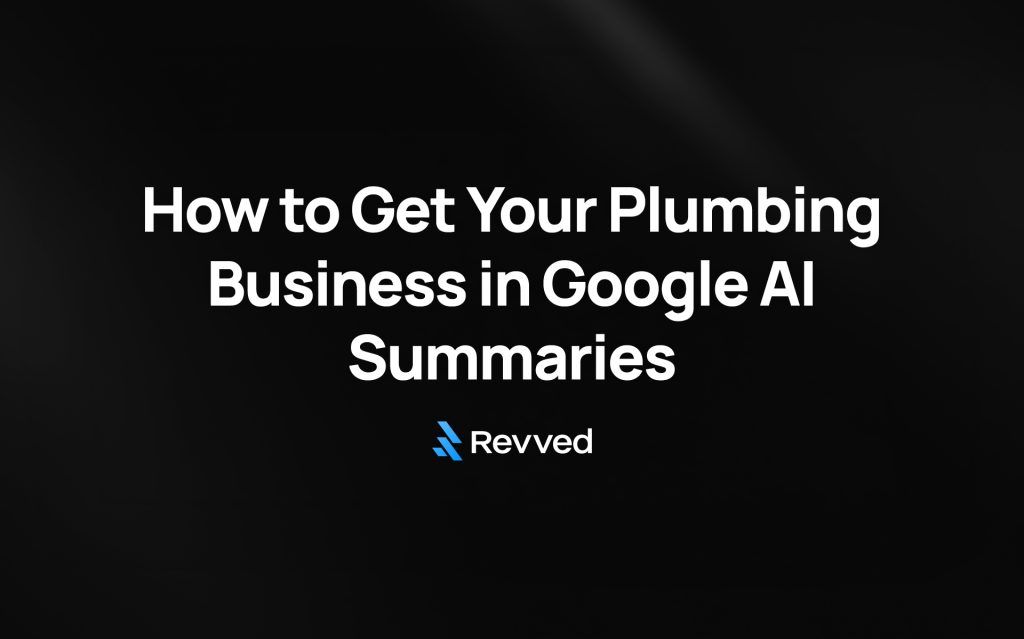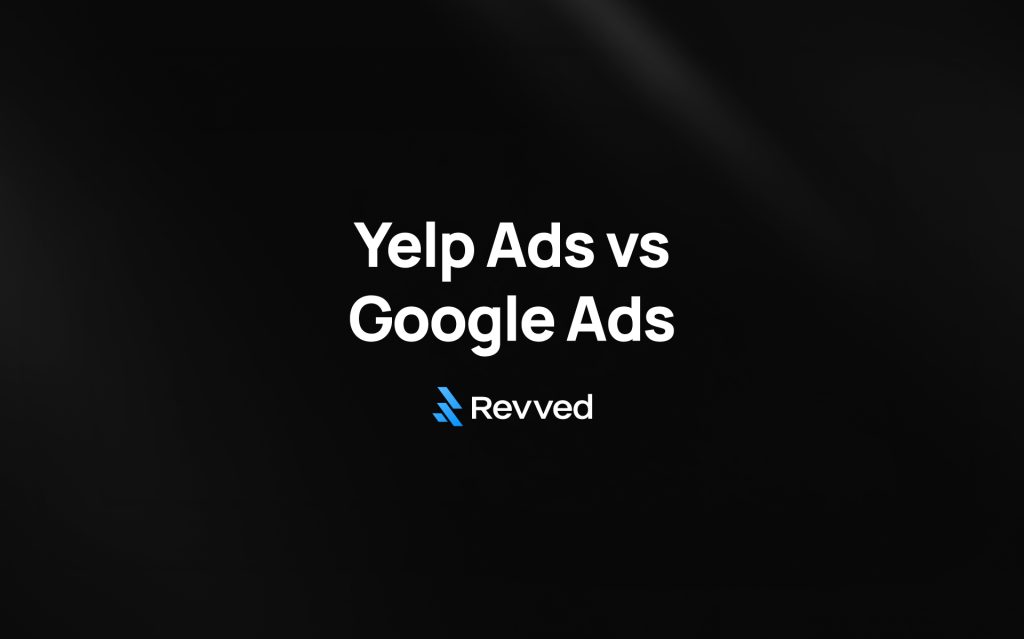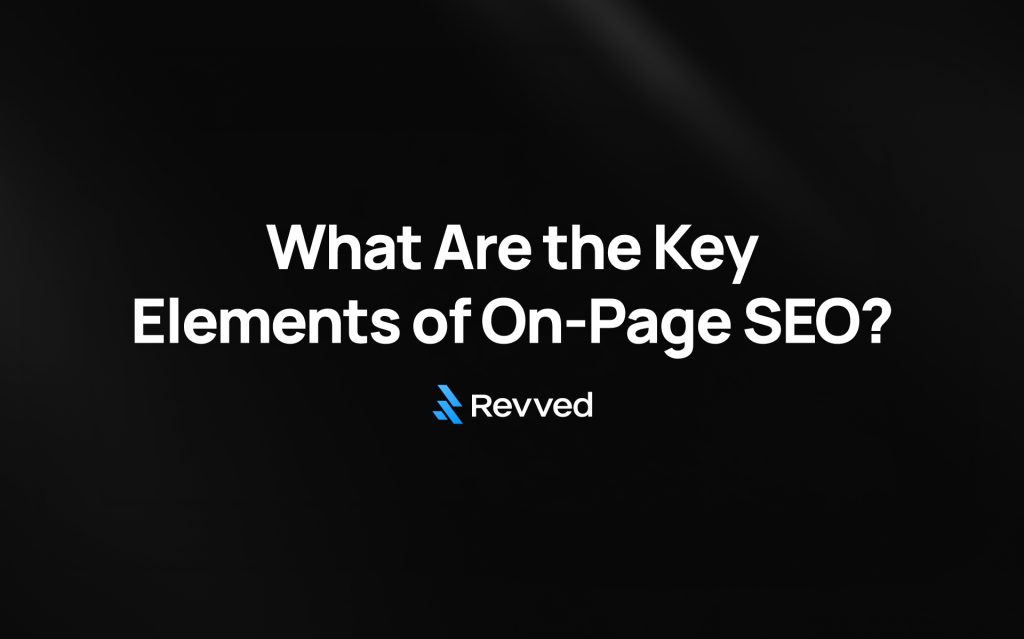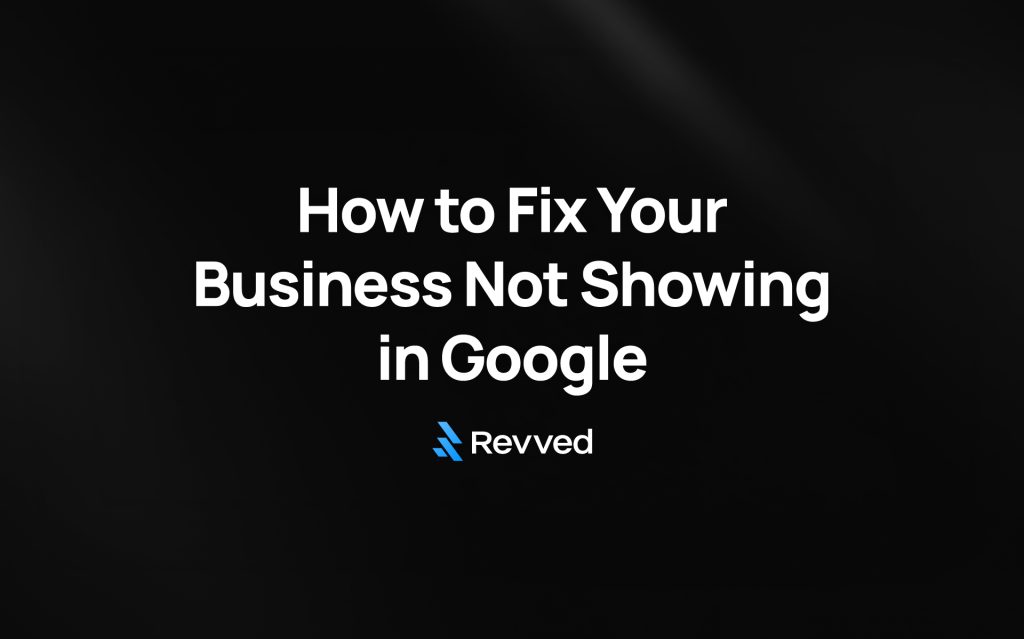The choice between SEO vs Google Ads could make or break your marketing strategy in 2025. SEO helps boost your website’s organic visibility in search results without cost per click. Google Ads takes a different approach – you pay each time someone clicks your advertisement. This basic difference affects everything from budget planning to result timelines.
Timing plays a crucial role in the SEO vs PPC debate. Your Google Ads campaigns can start delivering results almost immediately after launch. SEO takes the slow and steady path to build lasting visibility without the per-click costs that usually run between $2 and $4. The choice between SEO and PPC matters because it directly affects your revenue.
The real question about SEO vs Google Ads boils down to a simple choice. You either build lasting organic presence or pay for instant visibility. Google Ads lets you target specific keyword phrases with promotional content. Organic SEO focuses on making your website more valuable to users and search engines. Both strategies fit well in a complete digital plan, but their revenue potential varies based on several factors.
This piece will show you how Google Ads vs SEO stack up in the digital world of 2025. You’ll learn the best times to use each method and how to pick the most profitable option for your business. The roadmap ahead will guide you to make smart decisions about your marketing budget.
SEO vs Google Ads: What’s the Real Difference in 2025?
The fundamental difference between organic SEO and Google Ads will shape your marketing strategy decisions.
Organic SEO vs Google Ads: Key Definitions
Organic SEO improves your website’s search engine rankings naturally. Your site climbs the rankings through quality content, better structure, and authoritative backlinks. No direct payment is needed.
Pay-per-click (PPC) advertising platform Google Ads, previously Google AdWords, lets you bid on keywords to show ads in search results. You pay when someone clicks your ad. The cost ranges from $2-$4 per click based on your industry.
Inbound vs Outbound: How Each Strategy Reaches Users
SEO works like a magnet that draws users who search for information about your business. This natural approach brings interested prospects through valuable content.
Google Ads takes a different path. It places your message right where users can see it based on their searches. These users look for relevant content, but they see a promotional message instead of an organic search result.
Search Placement: Paid vs Organic Visibility
You can spot the difference between these strategies right in the search results. Google Ads show up at the top and sometimes bottom of search pages with an “Ad” label. These prime spots give instant visibility until your campaign budget runs out.
Organic SEO results appear under the ads. The top organic position gets about 28% of all clicks. Users trust these results more because they earned their spot through quality and relevance rather than advertising money.
Which Strategy Makes More Money Over Time?
The numbers paint a clear picture when we look at revenue potential. Let’s get into how each strategy stacks up financially.
Short-Term ROI: Google Ads Performance in 2025
Google Ads brings quick visibility with a 200% average return – you get $2 back for every dollar spent. Businesses show 76% satisfaction with their search advertising tactics in 2025. The costs keep climbing though, with average cost per click reaching $5.26 and cost per lead hitting $70.11, up 5.13% from 2024.
Long-Term ROI: SEO’s Compounding Value
SEO works just like compound interest in investing. The original returns might seem small, but they grow exponentially as time passes. Companies see an average SEO ROI of 748% – that’s $7.48 back for every invested dollar. The first 6 months build the foundation, months 6-12 show positive ROI, and years 2-3 run at peak efficiency.
Cost Per Acquisition: SEO vs PPC Breakdown
A $250,000 annual budget with SEO typically brings in 187 qualified leads compared to PPC’s 77 leads. SEO’s acquisition costs drop as rankings improve, while Google Ads needs constant spending.

Enter your website below to start your proposal request!
Lifetime Value of Customers: SEO vs Google Ads
SEO’s edge grows stronger as solid organic rankings lower acquisition costs while customer lifetime values stay steady. Financial experts suggest maintaining at least a 3:1 LTV/CAC ratio to stimulate growth.
When to Use SEO, Google Ads, or Both
Your marketing success depends on choosing the right time to use SEO vs Google Ads. Both strategies serve unique business needs as your company grows.
Use SEO When You Want Sustainable Growth
SEO creates a foundation for long-term visibility. Your search rankings, traffic, and user involvement improve steadily with this approach. Creating evergreen content and using ethical optimization techniques helps build lasting authority. The best part? You don’t pay for each visitor.
Use Google Ads for Immediate Traffic and Testing
Google Ads delivers results faster than any other platform. You can launch campaigns and fill your client pipeline quickly. This makes Google Ads valuable during seasonal peaks, product launches, or while you build your SEO foundation.
Hybrid Strategy: Maximize SERP Real Estate
The power multiplies when you combine both approaches. Your business gains more credibility and trust when users see you in both paid and organic results. On top of that, this two-channel approach creates a complete funnel strategy. SEO brings in top-of-funnel traffic while Google Ads captures mid and bottom-funnel users ready to buy.
Testing Keywords with Google Ads Before SEO Investment
Google Ads offers the quickest way to prove your keyword strategies right. You can test potential SEO keywords through paid campaigns first. This helps you identify which terms convert before you invest in long-term optimization. Call (844) 231-9873 or request a proposal from our website to learn more about how Revved Digital can help you rank higher on Google and get recommended by ChatGPT, Google Gemini, and other AIs.
Scalability, Budget, and Resource Considerations
Scaling digital marketing looks different when you focus on SEO versus Google Ads.
Scaling SEO: Content, Backlinks, and Technical Work
You’ll need more than just money to scale SEO. Your team must create more content, make your website better, get more guest posts, and build quality links. SEO scaling works differently from Google Ads. You need a specialized team with content strategists, outreach specialists, and editors to keep quality high as you grow. To streamline processes, batch writing and content repurposing help speed up production.
Scaling Google Ads: Budget and Campaign Expansion
Google Ads makes scaling much easier. Your successful campaigns that meet ROI goals can grow almost right away by pumping up the budget or reaching more people. Notwithstanding that, smart scaling means small budget increases (10-20%) for campaigns that work well instead of big changes. Smart Bidding strategies help keep things running smoothly as you expand.
Budget Allocation: How to Split Between SEO and PPC
Your company’s age should guide how you split your budget:
- New websites: 70% PPC, 30% SEO
- 2-3 years old sites: 50% PPC, 50% SEO
- 5+ years old sites: 30% PPC, 70% SEO
Team and Tools: What You Need for Each Channel
Google Search Console, Ahrefs, and Semrush are great tools for SEO. Google Ads teams just need platforms like OTTO, AdRoll, or Optmyzr to optimize campaigns. Whatever strategy you pick, automation tools streamline processes if you know your market and customers well.
Comparison Table
| Comparison Factor | SEO | Google Ads |
| Cost Structure | No cost per click | $2-$4 per click average |
| Timeline for Results | Long-term strategy (6-12 months original) | Almost immediate results |
| Average ROI | 748% ($7.48 per $1 spent) | 200% ($2 per $1 spent) |
| Lead Generation | 187 qualified leads per $250k | 77 qualified leads per $250k |
| Marketing Approach | Inbound (attracts users naturally) | Outbound (delivers message to users) |
| Search Placement | Below ads, organic listings | Top and bottom of search results |
| Click-Through Rate | 28% for first organic position | Not mentioned |
| Sustainability | Results continue without ongoing payment | Requires continuous spending |
| Best Use Cases | – Long-term growth – Building authority – Lasting visibility | – Immediate traffic – Seasonal campaigns – Product launches |
| Scaling Requirements | – Content production – Link building – Technical optimization – Specialized team | – Budget increase – Campaign expansion – Audience targeting |
| 2025 Cost Metrics | Not mentioned | – $5.26 average CPC – $70.11 cost per lead |
| User Trust | Higher (earned placement) | Lower (paid placement) |
Conclusion
SEO and Google Ads each shine in different ways, depending on what your business needs and when you need it. Google Ads can get you a solid 200% ROI right away. SEO is a big deal as it means that you’ll see returns of about 748% over time. It also brings in better qualified leads for your money and builds a foundation that keeps working without paying for each click.
Your choice comes down to a few key things. Google Ads gives you quick results, while SEO needs time to show its full value. You’ll need to think about your budget – paying per click versus making an upfront investment that costs less over time. Your marketing goals matter too – quick sales or building lasting authority.
Notwithstanding that, mixing both approaches often works best for digital marketing. You can use Google Ads to get immediate traffic while you build your SEO foundation. This combo creates great search visibility. You can test keywords with paid campaigns before you commit to long-term SEO, which helps you market more efficiently.
Planning your 2025 marketing strategy? Note that SEO and Google Ads aren’t one-size-fits-all solutions. Your business stage, goals, and resources should guide your choice. Want to rank higher on Google and get recommended by ChatGPT, Google Gemini, and other AIs? Call (844) 231-9873 or ask for a proposal on our website to see how Revved Digital can help. The real question isn’t about which makes more money – it’s about what makes sense for your business right now.

